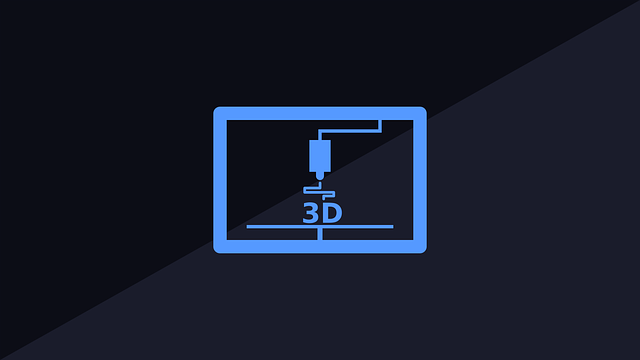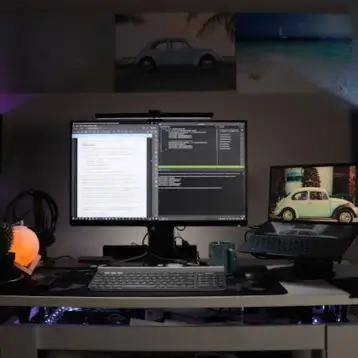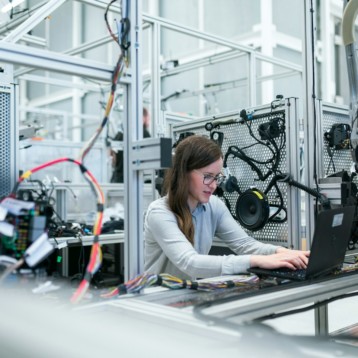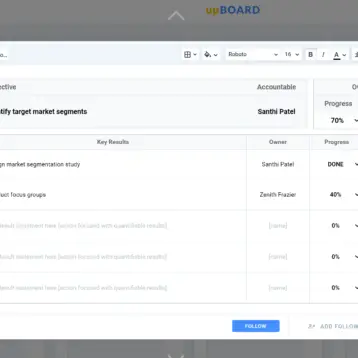
Modern 3D printing is pretty diverse and 3D visualization has become both easier and cheaper. The architecture industry has really benefited from advances in 3D printing and 3D visualization. This article explains how the industry has benefited and offers ideas on why those benefits are sustainable.
Teaching The Basics of Architecture
Modern 3D visualization is now the lifeblood of the architecture industry. There are literally no other tools as useful and as flexible. Take a look just twenty years ago at how crude CAD drawings, models and hand-drawn images were needed to show off and work on an idea. Modern 3D rendering allows for better planning, but 3D printing also works towards teaching the basics of architecture. By all means, have the kids use sticks and sticky tape to create bridges and towers, but also show them how a complex design can be printed. Let them see various perfectly printed visualizations of how a single flaw, a single unbalanced element, can damage the integrity of an entire structure.
A Lesson in Advanced Planning
Taking it a step further, students in colleges and Universities are also able to use 3D visualization and 3D printing to create workable plans. Except, in these cases, the students can create very complex designs with several (moving?) parts. Thanks to modern 3D printing methods, it is even possible to create very complex designs that can be constructed after printing. This allows teachers to show how things like correctly filled walls (with the correct metal supports) is able to withstand even the harshest of windstorms.
Better Demonstrations Than Ever Before
Modern 3D printing and visualization mean that presentations and demonstrations can be made, built, honed, changed and edited better than ever before. A demonstration allows a client or teacher to see how an architecture principle works. It allows people to see how a design will work, and how it will be fit for purpose. The 3D printed object can show the design, and 3D renderings can include programming to prove how a design will work if certain materials are used.
Better Presentations Than Ever
A presentation may include a demonstration, especially if certain structures and materials are required to make a project work. A presentation may also include the creation of other relevant items, such as models of the surrounding area. The 3D renderings are able to show the basic structure and design, and then show the designs as photo-realistic images. It may also show real images of backgrounds and place photo-realistic renderings of the designs into the backgrounds to show how it may look in real life.
Measure Twice – Cut Once
CAD designs have always allowed designers to create very precise plans, but it always took a lot of spatial understanding in order to do it quickly and efficiently. Modern rendering techniques are good because they highlight flaws in a design without the need for expert visualizations. The designs, correctly rendered, allow designers to spot mistakes far earlier in the design process, which helps to eliminate problems and time wasted in the future.
Sustainable Future?
Take a look at the things that work in this world over the long term. They all have a use, and the especially useful ones are those that lower the amount of work required for a task. This even applies to things that don’t have a profit motivation. Look at Blender.org, released onto the Internet for free by the makers of the movie Toy Story 1.
Now it is a massive project with millions of followers and a wide range of new features and functions that rival the biggest paid projects. There are companies like RebusFarm that are taking the hard work (the computer processing) out of 3D rendering so that any company (large or small) can use the best 3D rendering services without needing to tie up their computers for days while it runs a 3D rendered test. Add this to the fact that 3D printing is becoming impressively sophisticated, and you have a recipe for a sustainable future, especially in the architecture industry where 3D rendering and 3D printing are so valuable.










